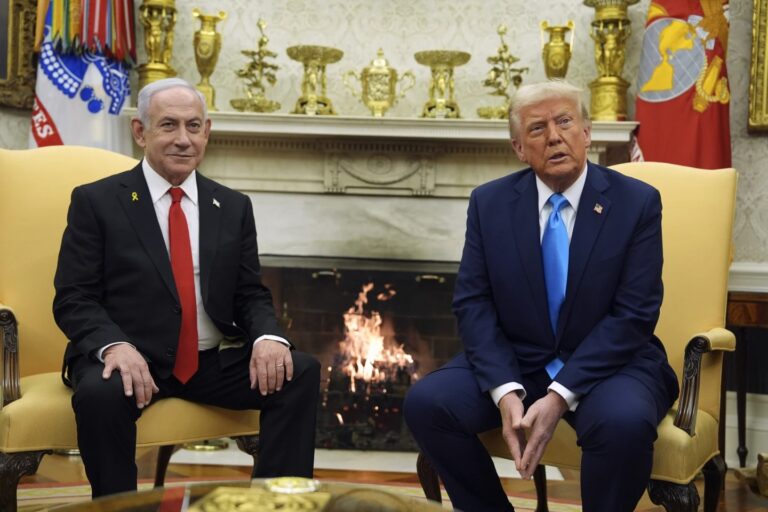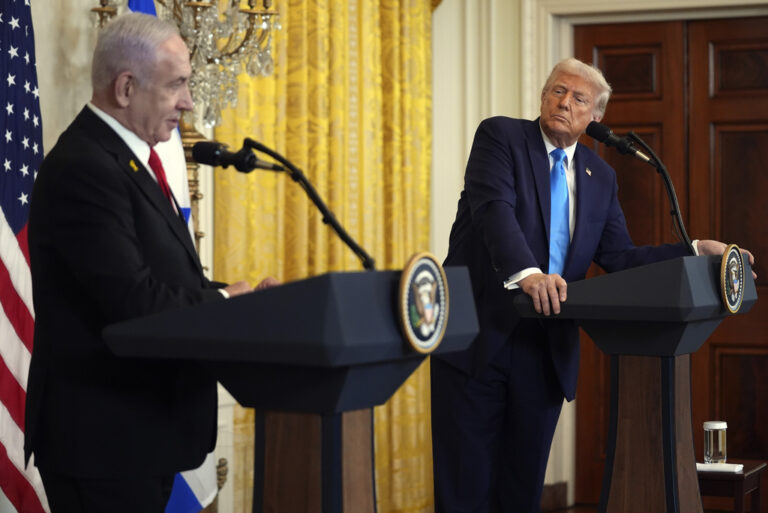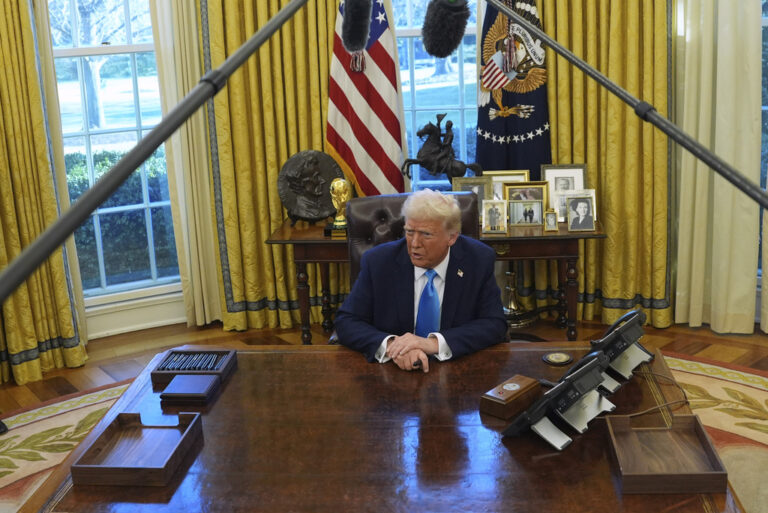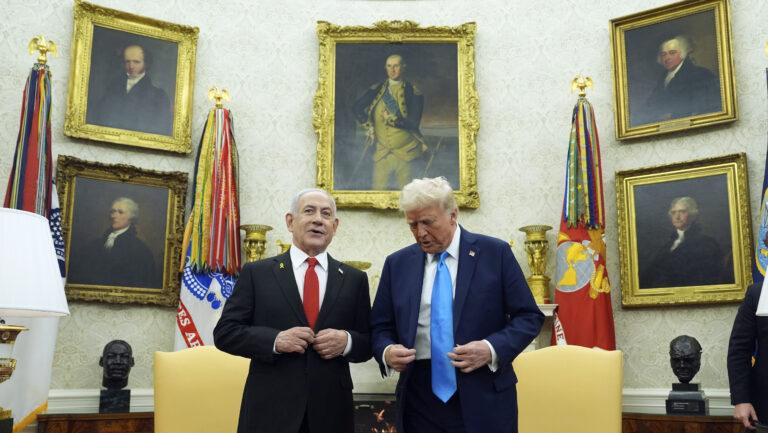Governor Eliot Spitzer today delivered the first State of Upstate address at Buffalo State College. In his remarks, he laid out his vision for addressing the unique economic challenges facing Upstate New York by promoting an agenda to advance economic growth, investment and opportunity. The Governor called on all New Yorkers to recognize the need to reverse Upstate’s decline if the entire state is to prosper and remain globally competitive.
The Governor detailed plans for a $1 billion Upstate Revitalization Fund, the centerpiece of this year’s Upstate revitalization efforts. The fund represents a massive and strategic infusion of economic development capital, including more dollars to improve infrastructure, expand regionally-specific “City-by-City” economic development plans, establish a housing and community renewal fund, stimulate the agribusiness industry, achieve universal broadband access, improve parks, and expand international marketing. The fund will help solidify New York as the best place to live, work, raise a family and run a business
“We are One New York, and we rise and fall together,” said Governor Spitzer. “When part of our State is struggling, it affects all of us. As families leave the State, our families and communities suffer. The truth is that we will never grow again; we will never prosper again; we will never become a beacon of hope and opportunity again if part of our state is thriving and another part is falling behind. So we must come together and channel all of the passion, energy and determination that is within us toward one goal: restoring growth and prosperity to Upstate New York.”
The governor also articulated an agenda to improve the state’s economy by investing in higher education, to draw business to our state. The administration plans to strengthen the State University of New York system by creating a $4 billion endowment, hiring 2,000 new professors, and establishing an Innovation Fund for cutting-edge applied research. A key element of the administration’s Upstate revitalization plan will be improving links between SUNY campuses and local employers to promote job growth – a model that has worked successfully in many areas of the state.
The Governor delivered his State of Upstate speech a week after his annual State of the State address in which he set out a blueprint for the state to embrace economic growth by investing in education from pre-kindergarten through college, lowering taxes and energy costs, controlling runaway healthcare spending, and creating communities that are more livable. The state faces a projected $4.3 billion deficit, but even in the face of economic uncertainty the Governor has said it is important, now, more than ever, to invest to stimulate long-term growth.
Last year, the administration began to combat what the Governor called “the perfect storm of unaffordability” by reducing workers compensation rates an average of 20 percent, lowering corporate tax rates, and relieving local property taxes by providing rebates to middle-class New Yorkers – the homeowners who need it most. Building on the foundation of growth the administration laid last year, Governor Spitzer spoke of the need to continue to make Upstate more competitive by lowering the cost of doing business, and retooling the State government to zero in on Upstate’s unique economic challenges. Governor Spitzer also reviewed last year’s progress on the “City by City” tour, which broke gridlock on regionally and locally specific projects to build the infrastructure for economic growth.
“If we summon the will to work together to achieve the reforms and make the investments I will lay out today—we can overcome this storm and return growth and prosperity to Upstate New York,” said Governor Spitzer. “We can make Upstate open for business; we can attract young people and keep them here; and we can truly become the best place in the world to live, work, raise a family and start a business.”
The $1 billion Upstate Revitalization Fund includes:
• $350 million Regional Blueprint Fund
Designed to address infrastructure needs of communities across the state, the $350 million Regional Blueprint fund will provide capital for the construction and enhancement of development-ready sites and industrial parks; provide small business loans for machinery, equipment, real estate, and other needs; and fund programs, tools and facilities needed to link idea creation and job creation.
To incorporate local input, Regional Blueprint Meetings were convened in every Upstate region last year. These meetings featured top local economic development consultants and business leaders, who know their economies best, but whose views were rarely engaged in the past.
Part of the Regional Blueprint Fund will be a $10 million Venture Capital Fund—a pilot program to provide seed capital for small companies that have the potential to expand into major employers. Funds will provide an aggressive marketing campaign to encourage Canadian companies to relocate and include an international marketing office within Upstate ESDC.
• New Round of City by City Plans
Last year, Governor Spitzer implemented a “City by City” strategy to tailor economic development investments to fit local needs in order to jumpstart local economies. The $1 billion Fund will include dollars for a new round of City by City plans that will reach beyond our large cities and jump-start key projects in our smaller cities, which play such a central role in our economic future.
• Housing Opportunity Fund
$100 million dollars is slated for Upstate housing and community development. Each Upstate community has a different housing need, whether it’s affordable housing, market-rate housing, housing for young professionals, supportive housing for people with disabilities, or housing rehabilitation.
• Upstate Agribusiness Fund
Governor Spitzer pledged to infuse $50 million into the agricultural sector, which forms the bedrock of so many local economies throughout Upstate. Investments will support access to markets, new and expanded food processing centers, and development of alternative fuels. Governor Spitzer announced he will hire New York’s first Director of Agriculture Development.
• Universal Broadband Access
Currently only 25 percent of New Yorkers in rural areas have access to affordable, high-speed Internet. The Governor proposed tripling the state’s investment in high-speed, affordable broadband access across New York to $15 million. This will move New York State closer to the day when we can close the digital divide and offer everyone in rural areas access to the high speed, affordable broadband Internet they need to compete in the Innovation Economy.
• Transportation
Governor Spitzer also vowed to continue to invest in traditional infrastructure—namely roads, bridges and highways. As such, the Upstate Revitalization Fund will include $100 million to support critical maintenance of the Upstate network of State and local bridges.
• Parks
Governor Spitzer pledged $80 million investment to restore New York’s state parks. Parks are undeniably a major asset when it comes to attracting business and creating livable communities. As the centerpiece of our restoration, we will return the Niagara Reservation State Park in Niagara Falls to its former glory.
Beyond the $1 Billion Upstate Revitalization Fund, Governor Spitzer also proposed several initiatives that will further benefit the Upstate region, which included:
– Creation of a bipartisan Commission – vested with Moreland Act investigatory powers – to make recommendations for addressing the root causes of high costs, providing additional middle-class tax relief, and developing a cap on annual increases in local school property taxes;
– Extend long-term and reform the Power for Jobs and Energy Cost Savings Benefit programs in order lower Upstate’s energy costs;
– Increase local aid by $50 million to the most distressed cities and towns through the Aid and Incentives to Municipalities program;
– Build new Crime Analysis Centers in Buffalo, Rochester, Syracuse and Albany, which will include a comprehensive array of world-class crime fighting tools; and
– Create a “Doctors Across New York” plan to address the desperate need for doctors in many of New York’s inner cities and rural areas.
– Protecting the environment by pushing to pass the Great Lakes Compact, so we can join a multi-state effort to regulate water levels and maintain a strong, sustainable Great Lakes ecosystem and economy.










